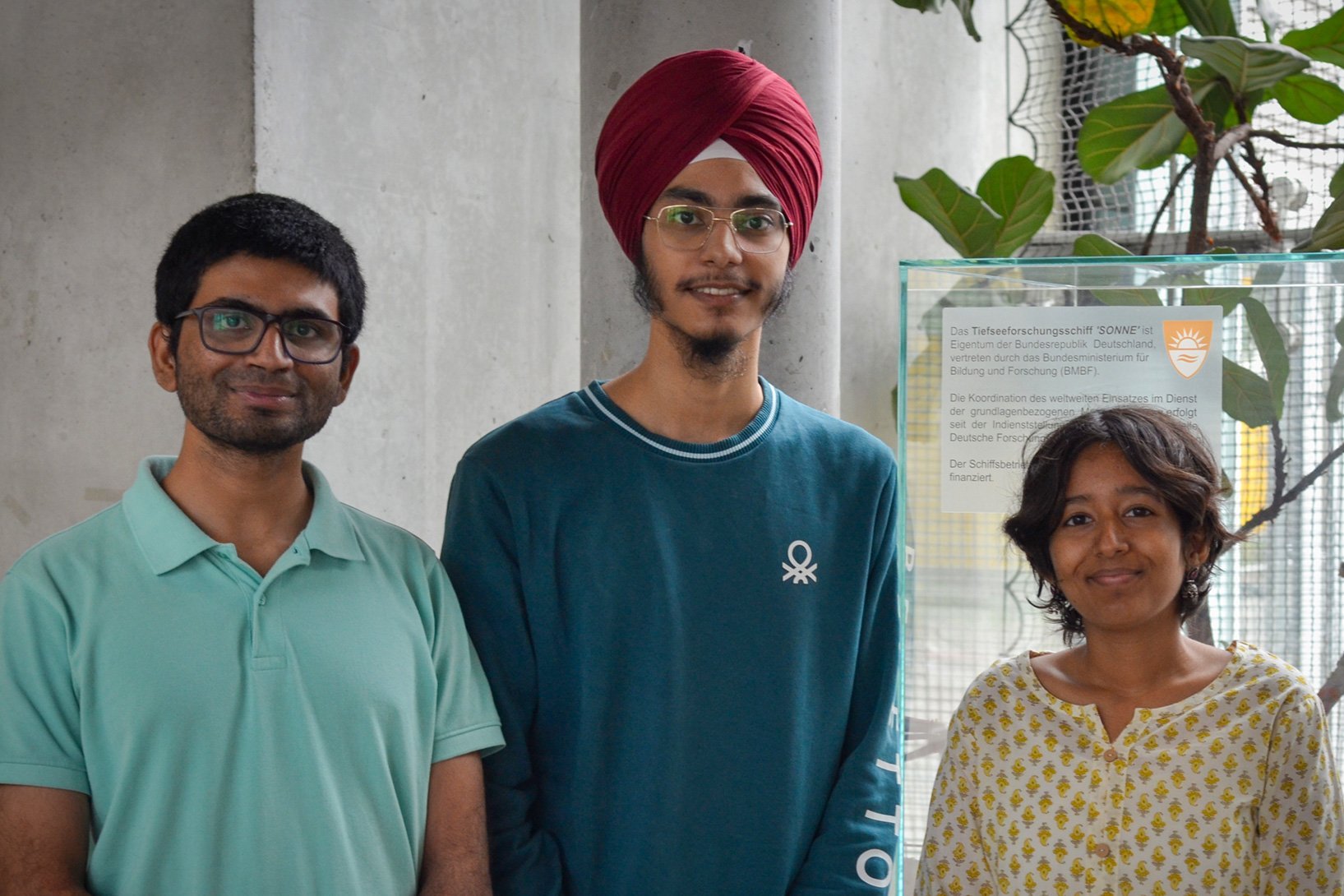So far, global climate models were only able to run simulations with a resolution of 50 to 100 km. With increased resolution, many small-scale processes — especially in clouds, but also in the ocean — can be described with physical laws or parameterized with better approaches than before. Achieving this objective involves significant technical challenges. In particular, the model must efficiently exploit the new possibilities of high-performance computing (exascale computing).
The WarmWorld project brings together eleven partner institutions from Germany to develop the scalability of the ICON climate model for exascale applications. That means that the model will be faster, better and easier to run, regardless of the computational infrastructure. The ultimate goal is to resolve global oceanic and atmospheric coupled circulation systems on kilometer scales. Thus, WarmWorld joins the efforts of other projects building the next generation of storm-resolving climate models and bringing Earth-system science in line with computational technology advancements: nextGEMS, DestinE, EERIE, ACROSS
Scientific Impact
An ICON model developed towards the capabilities of the next generation of Earth system models will advance our understanding of and reliance on the quantification of climate change impacts on regional and global scale. Such endeavor requires resolving physical processes that needed to be neglected in previous generations in favor of computational capabilities. Current advances in super-computing finally open the doors to realistic simulation of circulations leading to storms in the atmosphere, eddies in the ocean, and cracks in the ice. To take advantage of these advances our models also need to evolve. These should rely on portable code, improved algorithms for higher performance, and simplified flexible workflows.
Project Modules
The Faster module of WarmWorld revolutionises the ICON code base into an open, scalable, modularized and flexible code, in essence making ICON faster.
WarmWorld Better will refine and test the model configuration development, and fine-tune the critical ICON model components to provide balanced kilometer scale decadal simulations for the WarmWorld application phase. This module will also prototype and test novel methods for supporting ICON improvements, with conceptualization of development projects and link to applications.
The transformation of the ICON code and configuration will be accompanied by a transformation of the information. The Easier module is tasked with making it visible, accessible, and interoperable. Ultimately, the module will prepare a data-centric ICON workflow to manage the exascale data streams, will set up harmonized access to simulation systems and the output, as well as prototype exascale analysis workflows that abstract the analysis from the information source.
The fourth module in WarmWorld, Smarter, will address data compression, simulation acceleration and in-situ analysis, through collaboration with the applied maths and informatics communities.
Application Impact
An ICON model able to resolve local landscapes and precipitation rates consistent with measurements, and to differentiate between clouds and clear sky will bring more information that is comprehensible and readily usable by communities outside the modelling group, such as the renewable energy sector, ecosystem management, urban and rural communities.
More Content

Observations, theory, and machine learning: Three guests from the IISER-MPG program start their work
During their several-month research stay at the Max Planck Institute for Meteorology, master's students Srinivas Adireddi, Medha Murti, and Chitvan…

Lennart Bengtsson is celebrating his 90th birthday
The Max Planck Institute for Meteorology congratulates its former director, Lennart Bengtsson, on his special day.


